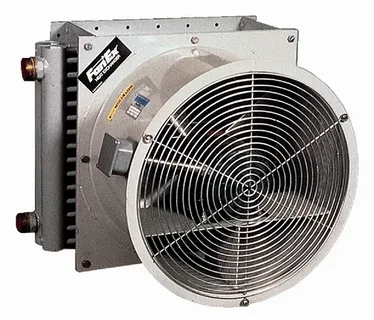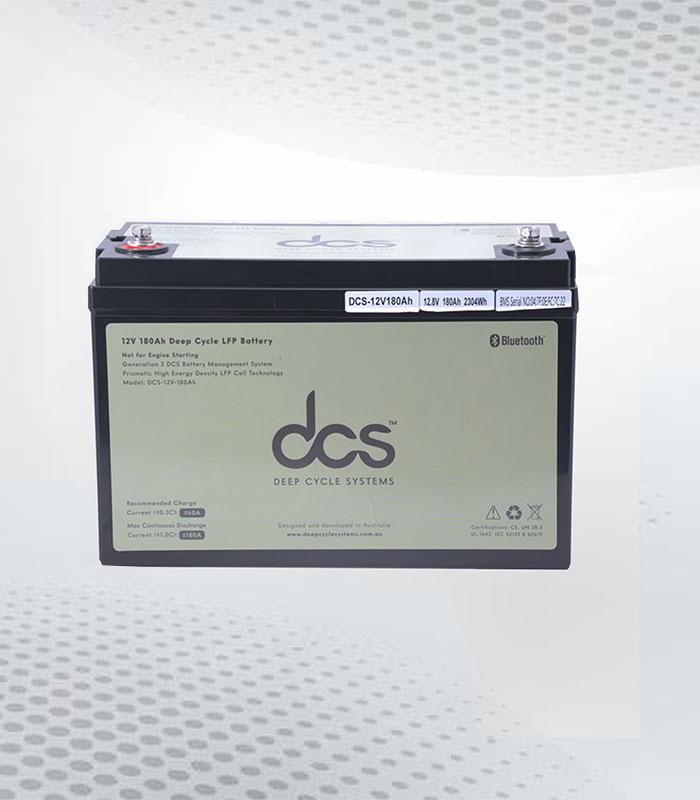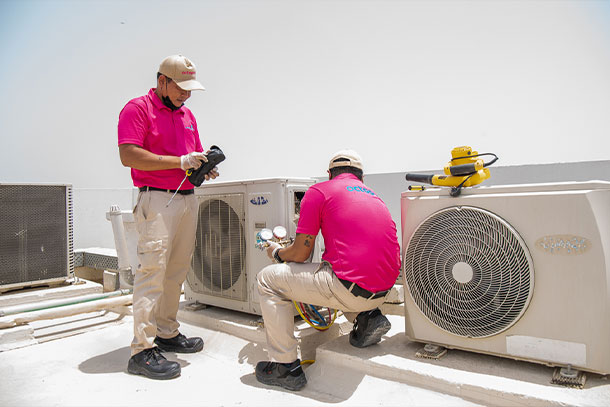In today’s world, maintaining good air quality in our homes is more important than ever. One key tool that helps in achieving this is an air-exchanger. An air exchanger plays a crucial role in ensuring that the air we breathe indoors is clean and free from pollutants. In this blog post, we will explore the significance of an air-exchanger in maintaining air quality and why it is essential for modern homes.
The Role of an Air-Exchanger in Modern Homes
An air-exchanger is indispensable for fostering a healthier living environment in contemporary residences. This advanced ventilation system is engineered to efficiently cycle out the indoor air polluted with volatile organic compounds (VOCs), allergens, and other airborne contaminants, replacing it with filtered, fresh outdoor air. Consistent air renewal mitigates the accumulation of pollutants that can arise from everyday activities, such as cooking, cleaning, and even off-gassing from furniture and building materials.
Moreover, by balancing indoor humidity levels, air-exchangers prevent mound and mildew growth, which are common in tightly sealed homes. This feature is especially beneficial for individuals with respiratory issues or allergies, as it creates a living space that supports their health and well-being. As modern homes become more energy-efficient and airtight, the role of an air-exchanger in maintaining a fresh and clean indoor atmosphere cannot be overstated, highlighting its importance as a key component of contemporary residential design.
Understanding the Basics of an Air Exchange Unit
At the heart of an air exchange unit lies a meticulously engineered process designed to revitalize the air within a home. This unit introduces fresh, outdoor air into the indoor space while simultaneously expelling the stale, contaminated indoor air. The process begins as the unit’s fan draws in outside air, passing through a series of filters. These filters are crucial for capturing and removing airborne particles, such as dust, pollen, and other pollutants, ensuring that the air brought into the home is clean and fresh.
Once filtered, this air is distributed throughout the residence, creating a healthier and more comfortable living environment. Concurrently, the system expels the old indoor air to the outside, eliminating odors, excess moisture, and contaminant levels that can build up in tightly sealed spaces. This exchange not only purifies the air but also helps regulate humidity levels and reduce the potential for mound growth.
The seamless operation of an air-exchange unit is fundamental to balancing indoor air quality and energy efficiency. By integrating such a system, homeowners can enjoy the benefits of a well-ventilated space without the drawbacks of energy loss typically associated with traditional ventilation methods. This process underscores the sophistication and importance of air-exchange units in today’s residential settings, catering to the need for a healthier indoor atmosphere.
Different Types of Residential Air-Exchangers
When selecting a residential air-exchanger, understanding the different types available is essential to find the one that best suits your home’s needs. Here are five key types of residential air-exchangers to consider:
Heat Recovery Ventilators (HRVs)
Ideal for colder climates, HRVs efficiently transfer heat from the outgoing stale air to the incoming fresh air, reducing the demand on your heating system and saving energy.
Energy Recovery Ventilators (ERVs)
Similar to HRVs, ERVs are well-suited for cold and humid climates as they can transfer heat and moisture. This capability makes ERVs perfect for maintaining comfortable humidity inside the home without overburdening the HVAC system.
Balanced Ventilation Systems
These systems do not specifically condition the air but instead provide an equal balance of fresh air intake and stale air exhaust, making them a good choice for moderate climates.
Exhaust Ventilation Systems
Primarily used in warmer climates, these systems work by depressurizing your home, pulling fresh air in through vents and windows while pushing stale air out through exhaust vents. They are simple and cost-effective but might only be suitable for some climates.
Supply Ventilation Systems
Unlike exhaust systems, supply ventilation systems pressurize the home, bringing in fresh, filtered air and forcing out old air through cracks and openings. This type is particularly beneficial for those living in polluted areas as it prevents outside pollutants from entering the living space.
Installation Considerations for Air Exchange Systems
Selecting the ideal location for your air exchange system is pivotal for its operation and efficiency. It must be strategically placed to ensure optimal airflow and accessibility for maintenance. Furthermore, the system’s capacity should align with the square footage of your home and the volume of air that needs to be exchanged to maintain indoor air quality.
Climate plays a significant role in determining the type of air-exchanger suitable for your home; for instance, a Heat Recovery Ventilator might be more appropriate in colder climates, while an Energy Recovery Ventilator could be better suited for areas with high humidity levels. It’s also crucial to assess your home’s existing ventilation system compatibility with the new air-exchanger to avoid inefficiencies or technical issues.
Engaging with a certified HVAC professional can provide a thorough evaluation and ensure that your air-exchange system is installed correctly, considering all necessary electrical, ductwork, and structural considerations. They can also advise on any local building codes or regulations that must be followed during installation. Proper planning and professional consultation are key to a successful air-exchange system installation, guaranteeing enhanced air quality and energy efficiency in your home.
Maintaining Your Air-Exchanger to Ensure Peak Performance
Establishing a regular maintenance routine is crucial to guarantee your air-exchanger operates at its best. This involves the timely replacement of filters and a comprehensive inspection of the system’s components. At least twice a year, ensure that the unit’s ductwork is free from obstructions that can impede airflow, and inspect the fan and other mechanical parts for signs of wear or damage. A well-functioning fan is essential for effective air exchange; thus, any issues should be addressed immediately to avoid reduced efficiency.
Additionally, consider scheduling a professional inspection annually. An HVAC expert can perform a more detailed assessment, identifying potential problems that may not be evident to the untrained eye. This proactive maintenance approach helps preserve the air-exchanger’s longevity, ensuring it continues to enhance your home’s air quality while operating efficiently. By adhering to these maintenance practices, you can significantly contribute to the health and comfort of your living environment.
The Efficiency of Residential Air Exchanger in Energy Conservation
Residential air exchanger is a cornerstone in the pursuit of not only healthier indoor air but also significant energy savings. These systems excel at optimizing the heating and cooling demands of a home. By pre-warming or pre-cooling incoming fresh air, depending on the season, they reduce the workload on traditional heating, ventilation, and air conditioning (HVAC) systems. This process of air exchange minimizes the energy required to bring outdoor air to a comfortable indoor temperature, thereby conserving power.
Additionally, certain air-exchanger models have advanced features that enhance their energy-saving capabilities, such as variable speed motors and smart sensors that adjust the airflow based on indoor air quality and temperature. This intelligent operation ensures that the system uses only the energy necessary to maintain optimal indoor conditions, avoiding waste. Consequently, incorporating an air-exchanger into a residential setting contributes to a sustainable living environment by conserving energy. It offers financial savings on utility bills over time, making them an eco-friendly and cost-effective addition to modern homes.
Common Problems and Solutions for Air-Exchange Units
Air-exchange units, while efficient and essential for maintaining indoor air quality, can encounter operational challenges. One common issue is the accumulation of debris and dust in filters, which can restrict airflow and reduce efficiency. Regularly checking and replacing filters is a straightforward solution to this problem.
Motor failure is another concern that may arise, often signaled by unusual noises or a complete halt in system operation. In such cases, contacting a professional for repair or replacement is necessary. Duct leaks represent a less obvious impactful problem, leading to loss of energy and compromised system performance. Sealing leaks and ensuring proper insulation around ductwork can greatly improve efficiency.
Additionally, homeowners may notice issues with humidity control or uneven air distribution. These can typically be resolved by adjusting system settings or consulting a specialist to recalibrate the unit. Proactive maintenance and timely intervention can mitigate these common problems, ensuring air-exchange units continue functioning effectively and providing clean and healthy indoor air.
How to Choose the Right Air Exchanger for House?
Selecting the right air exchanger for house requires careful consideration of several critical factors to ensure that it meets your specific needs while providing optimal performance and energy efficiency.
- Assess your home’s size and the air that needs to be exchanged. An undersized unit may need help to adequately ventilate your space, while an oversized one could lead to unnecessary energy consumption.
- Examine the air-exchanger’s efficiency rating. Models with higher efficiency ratings are more effective at transferring heat and moisture between the incoming and outgoing air streams, which can significantly reduce heating and cooling costs over time.
- Consider the type of ventilation system that aligns with your home’s climate and health needs. For example, if you live in a colder climate, a heat recovery ventilator (HRV) might be more suitable, as it can efficiently transfer heat from the outgoing stale air to the incoming fresh air. Alternatively, an Energy Recovery Ventilator (ERV) could be more appropriate in a humid climate due to its ability to manage humidity and temperature.
- Consult with a professional HVAC contractor who can provide personalized recommendations based on an assessment of your home. They can also ensure that your air-exchanger is compatible with your existing HVAC system for seamless integration and operation.
Conclusion
The significance of an air exchanger within the household cannot be understated: acting as a guardian of air quality and a facilitator of a healthier indoor environment. These systems adeptly balance eliminating indoor pollutants and introducing fresh, clean air from the outside. Incorporating an air-exchanger into a home invests in the property’s value and the occupants’ health. Air-exchangers play a crucial role in creating a comfortable and safe living space by ensuring the removal of contaminants such as VOCs, allergens, and excess moisture. Choosing the right air-exchanger and diligent maintenance form the backbone of effective indoor air quality management.
FAQs
How Long Does an Air Exchange Unit Typically Last?
The durability of an air exchange Unit can vary based on its model, frequency of use, and maintenance schedule. With diligent care, routine checks, and timely maintenance, you can expect an air-exchanger to serve your home for 10 to 15 years effectively.
Is DIY Installation of an Air-Exchanger Advisable?
Installing an air-exchanger involves intricate knowledge of HVAC systems and understanding your home’s specific ventilation needs. To ensure the system operates efficiently and avoid potential mishaps, it’s best to enlist the expertise of a certified HVAC professional. This ensures the installation adheres to local building codes and integrates smoothly with your existing HVAC setup.
When Should I Replace My Air-Exchanger’s Filters?
To maintain the efficiency of your air-exchanger and ensure it provides the highest quality of indoor air, replacing the filters every 3 to 6 months is recommended. The exact timing can depend on the air quality in your area and the amount of use your system gets. Regular filter replacement is crucial in preventing airflow restriction and maintaining your system’s ability to filter out pollutants effectively.
| Related Business Listings |
| Contact Directory |
| Local Business Profiles |




